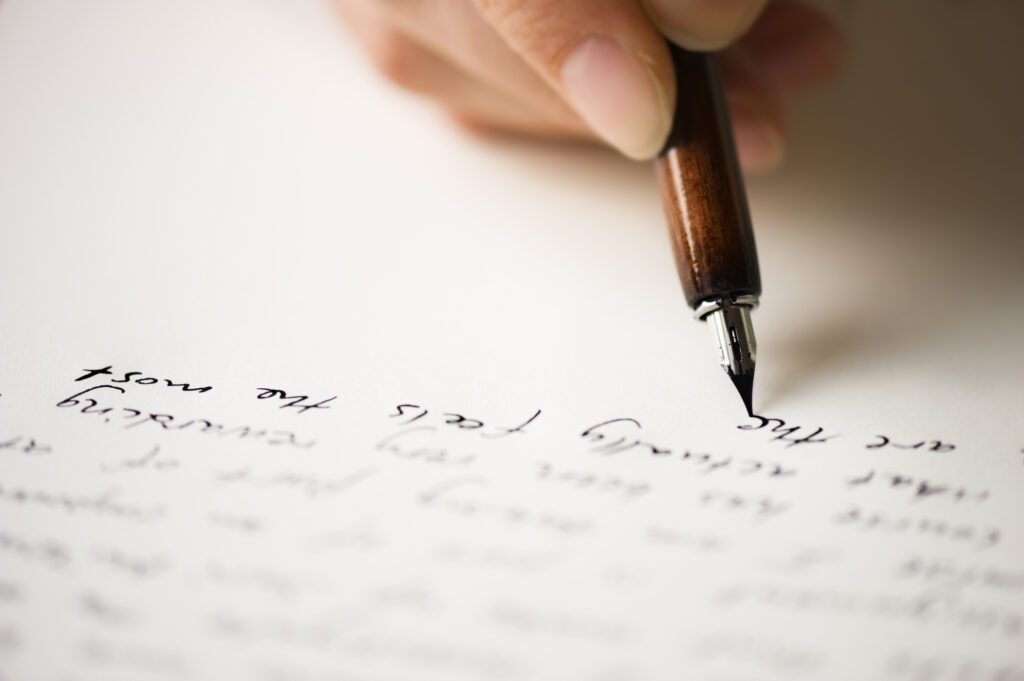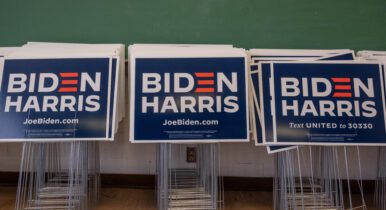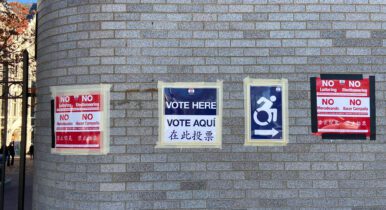Sure, digital GOTV is great. But one nonprofit group is reminding campaigns and groups looking to drive turnout in November not to neglect analog tactics.
With email overwhelming inboxes and text messages blowing up voters’ phones, Vote Forward, a 501(c)(4) nonprofit, found that hand-written letters can actually increase turnout by close to 1 percentage point.
In fact, the group, which does some partisan work with partners on the left but also operates a 501(c)(3), determined that in 2020 Americans who received one of their hand-written letters voted at a rate of 0.8 percentage points higher than those in the control group.
The study was peer reviewed by The Analyst Institute, which supported Vote Forward’s conclusions, and relied on data from 200,000 volunteers, who sent 17.6 million letters to more than 14.3 million registered voters in 21 states ahead of Election Day 2020. The study found the tactic delivered a cost-per-net-vote (CPV) of $14, or 74 votes-per-$1,000 (VPK).
“Based on the data that we’ve been seeing, that number puts this program up there with the most effective known get-out-the-vote tactics in presidential elections,” said Emily Wasserman, data and research director for Vote Forward.
By comparison a recent study by Tech for Campaigns on its texting program in 2020 found that it increased voter turnout by 0.7 percentage points more than un-texted counterparts in the same district.
When it comes to the hand-written letters, a volunteer signs up through the Vote Forward website, which then does some “light vetting” to make sure they’ve got good intentions and are not bots. The software produces a PDF letter with information that needs to be legible, like the date of the election, then there’s a space for the volunteer to write their personal message to the recipient.
The group has a program ongoing in Virginia that targets sending one million letters to voters. The first letter is a reminder to request an absentee ballot and then the second letter, sent closer to the election, reminds the voter to send their ballot back or go in person to vote if needed.
The “layering” of the letters is an experiment meant to fine tune the group’s strategy for next year, according to Scott Forman, founder and executive director of Vote Forward.
“We now have multiple years worth of randomized trials demonstrating that our particular form of personalized hand-written letters is effective at increasing voter turnout,” he said. “A lot of our political activity feels amorphous. You get a solicitation to donate ten bucks to some campaign and you’re like, ‘Well, what happened to that ten bucks? Who got communicated to by virtue of my donation?”
In the letters, the volunteer authors are prompted to explain why they vote to the recipient. Forman called it a form of “light social pressure.”
“The implication is that the sender of the letter is saying, ‘I’m a voter. I want you to be also.’ But we don’t use any of the sharper-edged tactics,” he said.
Wasserman, the group’s data director, said the tactic can have an outsized influence in smaller races.
“There is this inverse relationship that we’ve observed between efficacy and the salience of an election,” she said. “In a big election like 2020, we get really excited about 0.8 of a percentage point.”
But in the midterms, or a special election, she added, “there are fewer people involved, but the potential impact of their involvement is higher,” she said. “It also scales nicely because a volunteer upping their involvement is as simple as them clicking a button and saying, ‘Yes, I want to download five more letters or twenty more letters.’
“We do see that people get involved and then scale up their involvement over the course of a campaign.”



